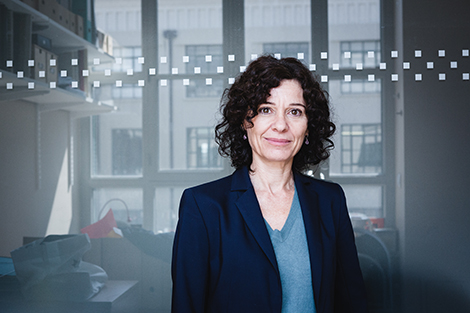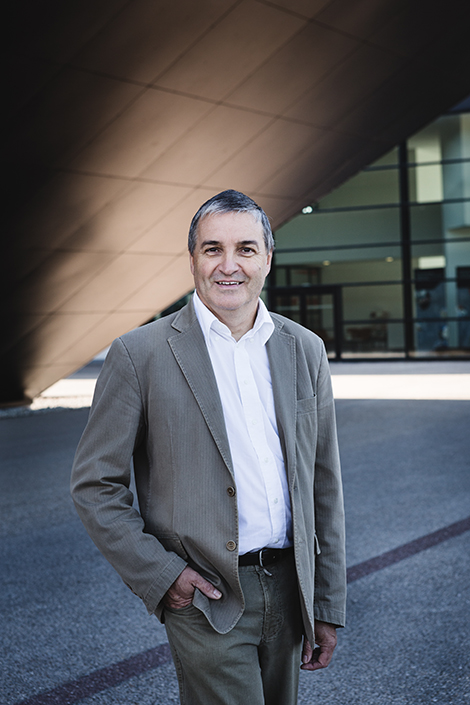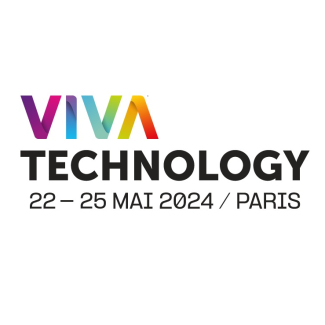
2018 CNRS Innovation Medals awarded to Valérie Castellani, Thierry Chartier, and Daniel Le Berre
Valérie Castellani, Thierry Chartier, and Daniel Le Berre are the recipients of the 2018 CNRS Innovation Medals. All three will be handed their medals during a ceremony held on October 10 in Paris. Since 2011, CNRS Innovation Medals have recognized scientists whose outstanding research has led to innovations having notable technological, economic, therapeutic, or social impacts.
Valérie Castellani
A CNRS researcher specialized in developmental biology and affiliated with the Institut NeuroMyoGène (CNRS / INSERM / Claude Bernard Lyon 1 University), Castellani studies the cellular and molecular mechanisms behind the generation of neurons in the embryo, their migration, and the establishment of their nerve connections. Her work has led to the development of various experimental approaches that she has in turn applied to research into pediatric cancers. Castellani has developed a patented innovation that allows cancer cells sampled from patients to be inserted into bird embryos, where they may develop just as they would in the patients' bodies, providing an accurate model of tumor evolution. This is a major breakthrough for personalized medicine. The technique is now used by the start-up Oncofactory, cofounded by Castellani and Céline Delloye-Bourgeois, also a CNRS researcher at the Institut NeuroMyoGène.

Valérie Castellani
Thierry Chartier
A pioneer in the development of additive processes for the creation of ceramic items, Thierry Chartier is a CNRS researcher specialized in ceramic materials and production techniques at the Institut de Recherche sur les Céramiques (CNRS / University of Limoges). His work has yielded new manufacturing techniques that have garnered great interest around the world. Chartier's research has led to the creation of two start-ups: 3DCeram, which applies stereolithography, and Ceradrop, which develops new inkjet techniques for printed electronics. In 2005, Chartier and Air Liquide founded a joint research laboratory whose purpose is to develop ceramic materials and systems to tap into new energy sources. In 2013, at Limoges Teaching Hospital, his work made it possible to create the world's first hydroxyapatite cranial implant using a patient's CT scan.

Thierry Chartier
Daniel Le Berre
The original creator of Sat4j, a free Java-based software suite for the solution of logical “satisfiability” problems that is used by millions around the world, Daniel Le Berre is a University of Artois research professor, working at the Lens Computer Science Research Lab. Le Berre focuses on the design and evaluation of inference and decision-making algorithms for artificial intelligence applications. Sat4j was initially designed as freeware that could be easily integrated into other software. In 2005, it was included in the catalog of the ObjectWeb (now OW2) consortium, which promotes the development of free middleware. And in 2008, it became a part of the open platform Eclipse, dedicated to the production of free software.

Daniel Le Berre

